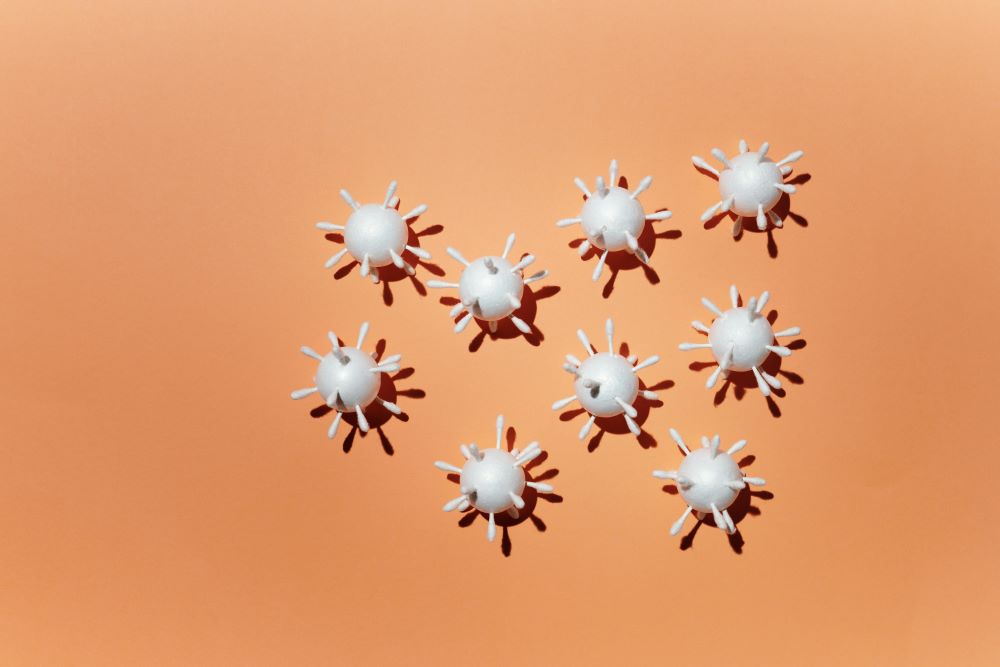Scientists examine the mechanisms behind heteroresistance, attempting to proactively stop systemic fungal infections.
New research published in Nature Medicine examined the instance of Candida parapsilosis (C. parapsilosis) among individuals who have received bone marrow transplants, and the fungi’s ability to multiply, in effort to develop strategies to prevent the parasite from entering the bloodstream. When this happens, life-threatening complications can occur. C. parapsiolsis is a yeast-like fungus that is usually found in the digestive tract. However, it can also live on human skin and in mucous membranes after being exposed to it in the environment. It can also migrate out of the digestive track and into one’s bloodstream after certain procedures are performed. A pathogen, especially in immunocompromised individuals, the fungi can pose harm to those whose bloodstreams become infected with it after bone marrow transplants, leading to various complications, including candidemia, which can be life-threatening.

For their study, the team collected 219 strains of C. parapsilosis from patients at Sloan Kettering and other locations worldwide, including France, Germany, and China, and ultimately found that the fungi’s ability to resist antibiotics or antifungal drugs (termed ‘heteroresistance’) was responsible for the development of these bloodstream infections despite proactively administrating treatment to stop the spread. Specifically, clinicians at Memorial Sloan Kettering Cancer Center noted that several transplant patients developed bloodstream infections despite being treated with micafungin, an antifungal drug often referred to as the “penicillin of antifungals,” causing the team to want to dig deeper to find solutions.
The concept of heteroresistance can be likened to “a survival strategy,” according to lead researcher David Weiss, a professor at Emory University’s School of Medicine and director of the Emory Antibiotic Resistance Center, who explained that, like all living organisms, fungi evolve rapidly in response to threats. Weiss added, “The fungi are just trying to survive, as we would do when faced with a threat.”
Computational biologists Chen Liao and Joao Xavier from Sloan Kettering used machine learning models to further evaluate and detect heteroresistance, which helped to identify the heteroresistant strains by analyzing a small set of genomic features. This allowed them to make it easier to predict the phenomenon without comprehensive genome sequencing.
“There are thousands of mutations,” Liao said, adding, “I asked my algorithm to choose at most 10. One of the advantages of machine learning is that you don’t need to sequence the whole genome, just find a few spots that are informative enough that they can predict.”
This innovative approach offers the potential for developing a simple clinical test to identify heteroresistant fungi. However, Weiss cautions that it will take years of research to fully understand the mechanisms behind it.
“Right now, there’s no test for heteroresistance,” he explained. “What we should be striving for is to analyze a fecal sample from a patient prior to transplant, in order to profile their gut microbes or fungi. If they have a micafungin heteroresistant C. parapsilosis, clinicians would be able to choose a different antifungal for prophylaxis or get rid of the fungus from the gut before doing the transplant.”
The research represents a step in the right direction but follow up is needed not that heteroresistance is better understood to determine how it can be prevented. By combining traditional microbiological techniques with advanced computational methods, the study paves the way for more precise and effective treatments for fungal infections in the future.


Join the conversation!